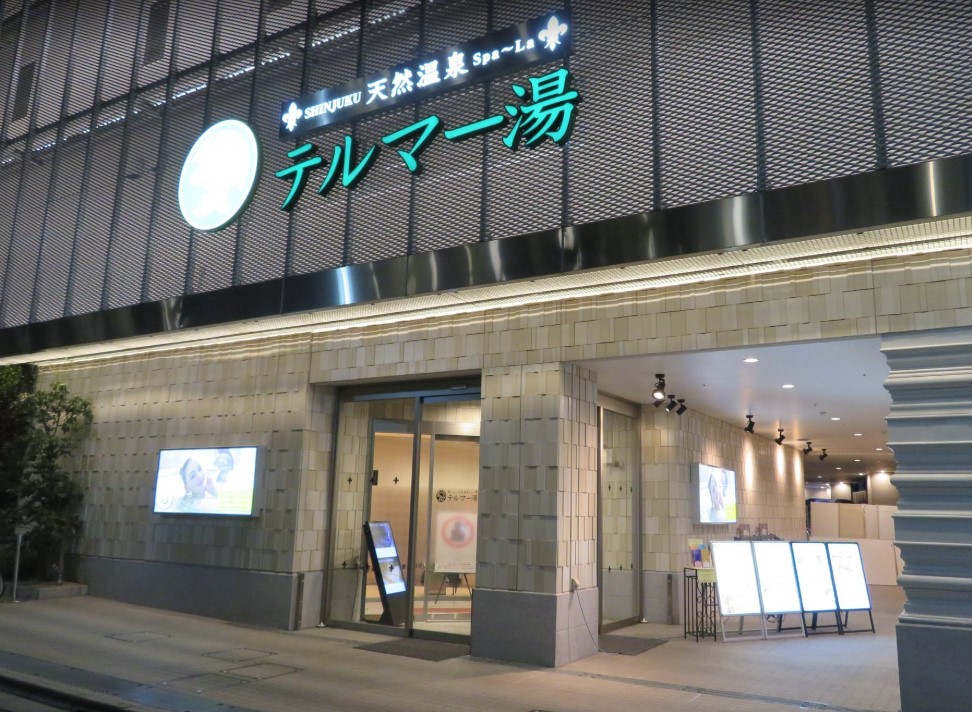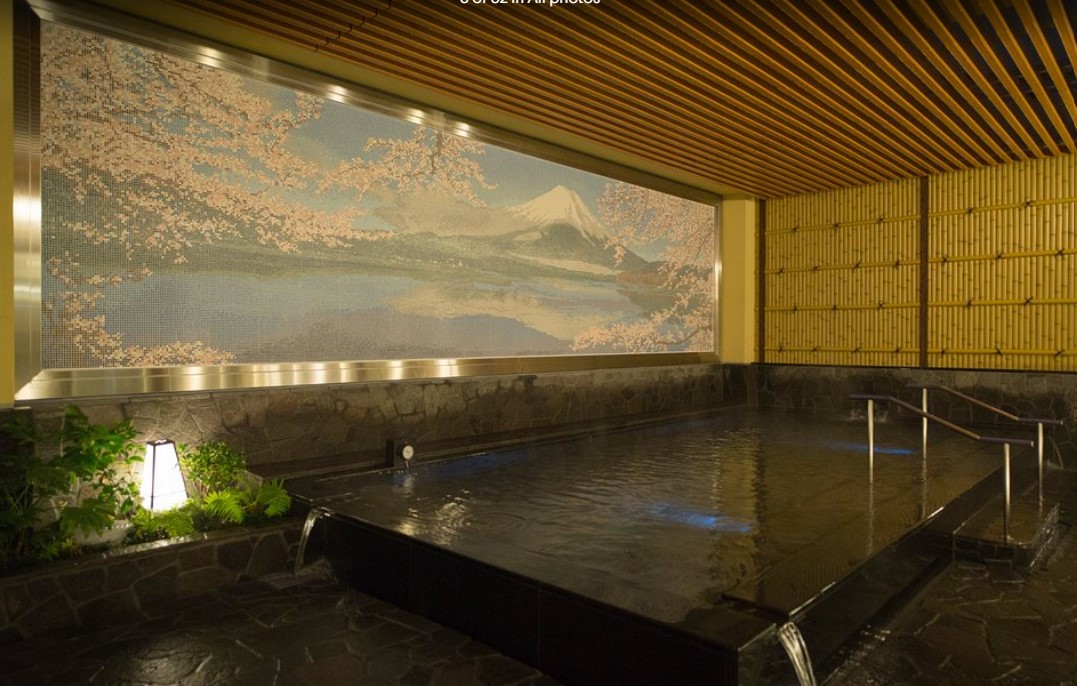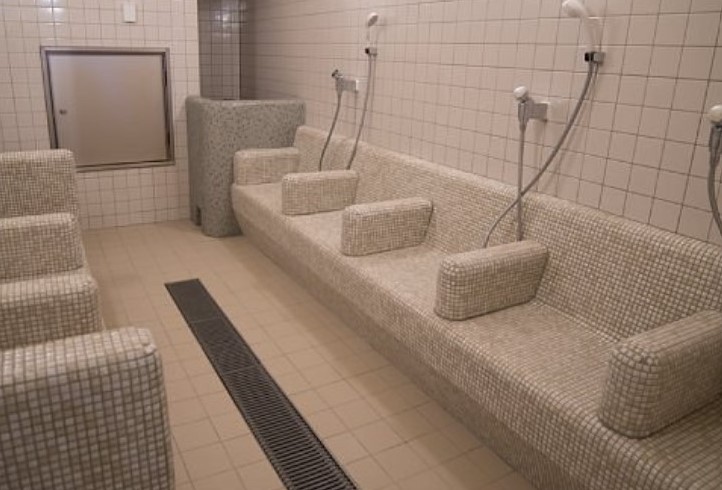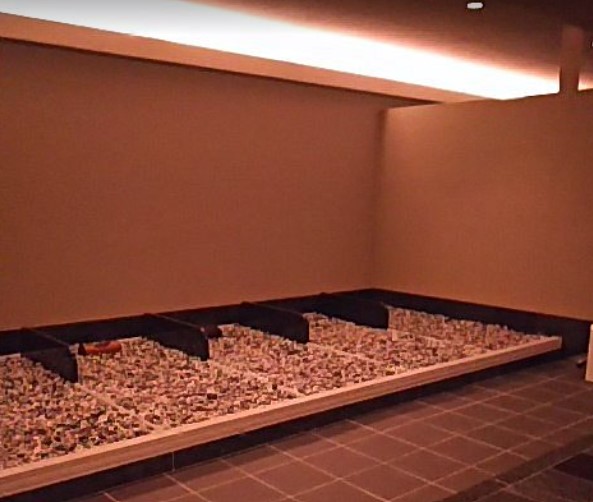In February 2025, we traveled to Japan to visit the islands of Hokkaido and Honshu, where we visited a handful of Japanese bathhouses (onsen or sento). These bathhouses included both hot and cold water as well as saunas. Japanese sauna culture, as experienced in various onsens across Hokkaido and Honshu, reveals a unique and structured approach to heat bathing that emphasizes both tradition and comfort. One of the most striking observations was the consistently high temperatures, with thermometers reading around 85-95 degrees Celsius (185-200°F) in every sauna visited. Despite the intense heat, most saunas remained relatively dry, with little to no water being poured over the rocks. However, in a few locations, an employee—acting as a kind of sauna guide—would enter, pour water on the rocks, and use a large fan to circulate the steam and intensify the heat. This practice added an engaging, ritualistic element to the experience. Another common feature was the presence of fukushaban, large plates hanging from the ceiling above the heater, likely serving to protect the ceiling from excessive heat and redistribute warmth more evenly.

A distinct feature of Japanese saunas is the presence of televisions inside, often displaying local news, game shows, food programs, or anime. This contrasts with Western sauna culture, which typically leans toward a silent, meditative experience. However, silence is still valued in Japanese saunas, as evident in the posted rules that explicitly encourage quietness. Even in crowded saunas with 10-20 people, conversation was kept to a bare minimum. Seating arrangements also differ from many Western saunas, with some providing small plastic seats that users sit on inside the sauna, which are either rinsed off by guests or cleaned by staff afterward. In terms of attire, nudity is standard across all onsens and saunas, with guests carrying a small towel (12x12 or 12x24 inches) that they might drape over themselves in the sauna or while walking through the onsen. Sauna hats or wet towels placed on the head were also a common sight, likely used for protection against the intense heat.
Tattoos remain a controversial topic in Japanese bathhouses, as most onsens explicitly prohibit them. In some cases, tattooed guests can purchase special bandages to cover their ink, but full-body tattoos are generally not tolerated. The demographics of sauna users varied widely, as each onsen is divided into separate sections for men and women, and guests of all ages, from young adults to elderly individuals, were present. In busier locations, multiple generations of families—sons, fathers, and grandfathers—enjoyed the sauna together. Beyond the sauna itself, the full onsen experience plays a crucial role in Japanese bathing culture, with saunas seamlessly integrated into a network of pools at different temperatures, including very cold pools for contrast bathing. Despite the high volume of visitors, cleanliness was consistently maintained, with users expected to rinse themselves before entering the onsen and staff frequently cleaning the sauna, ensuring that even in a space filled with sweating guests, hygiene was never a concern.
Reflections on Onsens Visited
Nakamuraya Ryokan, Sapporo
A small, traditional onsen located in downtown Sapporo, Hokkaido, inside a hotel. The facility includes a single hot pool and a washing station but does not have a sauna. While compact, it provides a relaxing and authentic Japanese bathing experience, ideal for unwinding after a day in the city.
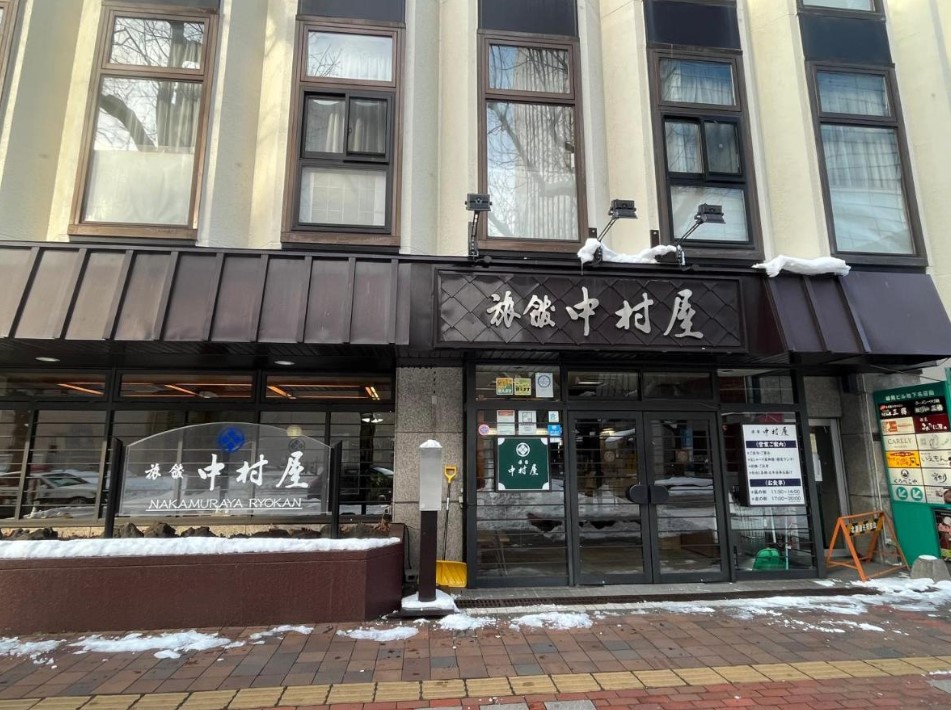
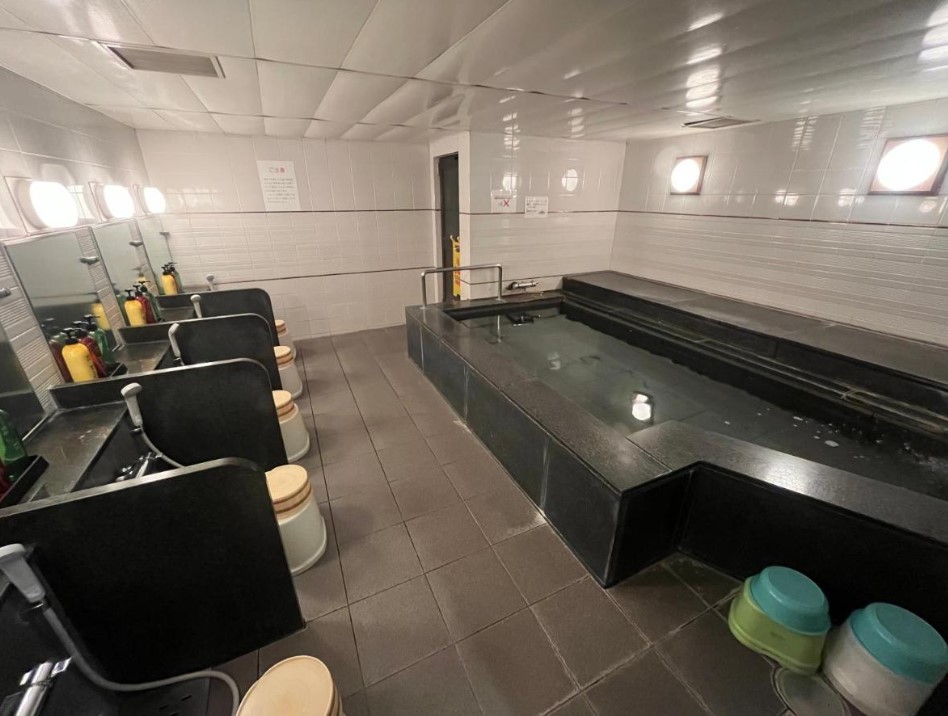

Teine Onsen Honoka
Located in Teine, just outside of Sapporo, Hokkaido, this busy onsen offers an affordable and accessible experience, with an entry fee of around $6. Despite the large number of visitors, the atmosphere remains calm and enjoyable, as guests are generally quiet and highly respectful of onsen etiquette. Many foreigners envision an onsen as a tranquil and isolated retreat, but in reality, public onsens can be quite bustling. However, the structured and considerate nature of Japanese bathing culture ensures that even in a packed facility, the experience remains peaceful. Dozens or even hundreds of men cycle through a variety of pools, each at different temperatures, creating a dynamic but harmonious environment. The sauna here was massive, featuring four levels of wooden benches and a TV playing anime at low volume. The heat source appeared to be wood-fired, with a vast compartment of sauna stones. Unlike European-style saunas, no water was thrown on the rocks, keeping the environment dry. Each guest brings in a small seat pad, which is rinsed with water upon leaving, and towels are provided to cover the benches. Many guests use a wet towel on their heads instead of a sauna hat to regulate heat. Another unique feature was the steam room, where a bowl of salt was available for guests to rub onto their skin, a common Japanese practice believed to enhance circulation and exfoliation. In the sauna, multiple hourglass timers were mounted on the walls, allowing individuals to track their session times. The onsen also had a water massage area where two powerful streams of water targeted the shoulders and back, providing a deeply relaxing experience. Following the bath, we dressed in matching indoor loungewear—shorts and a top provided by the onsen—and enjoyed refreshments at the facility’s restaurant.
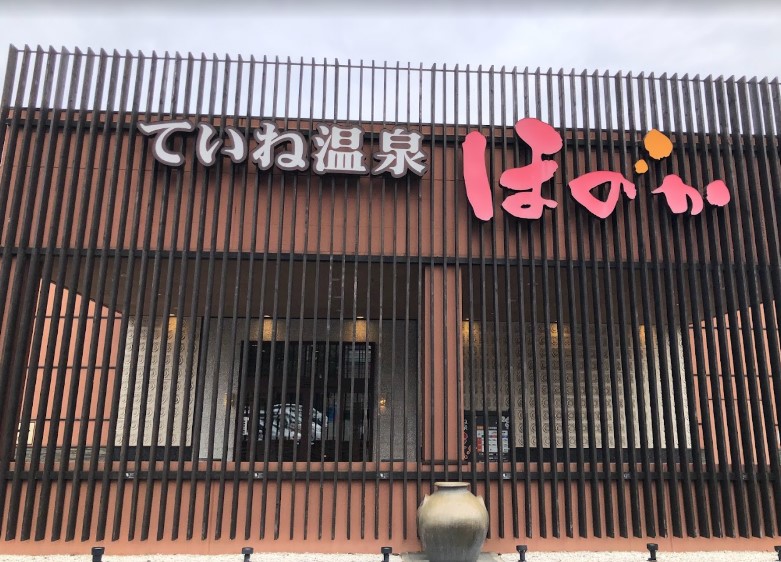
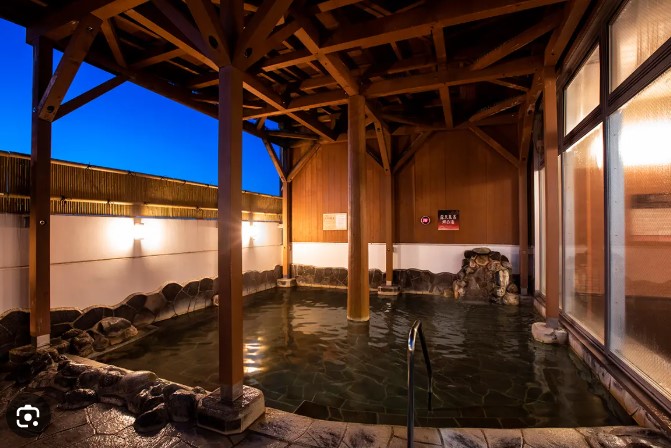
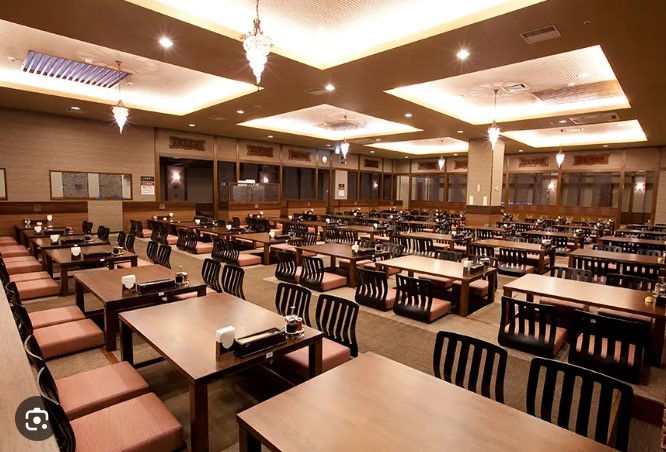
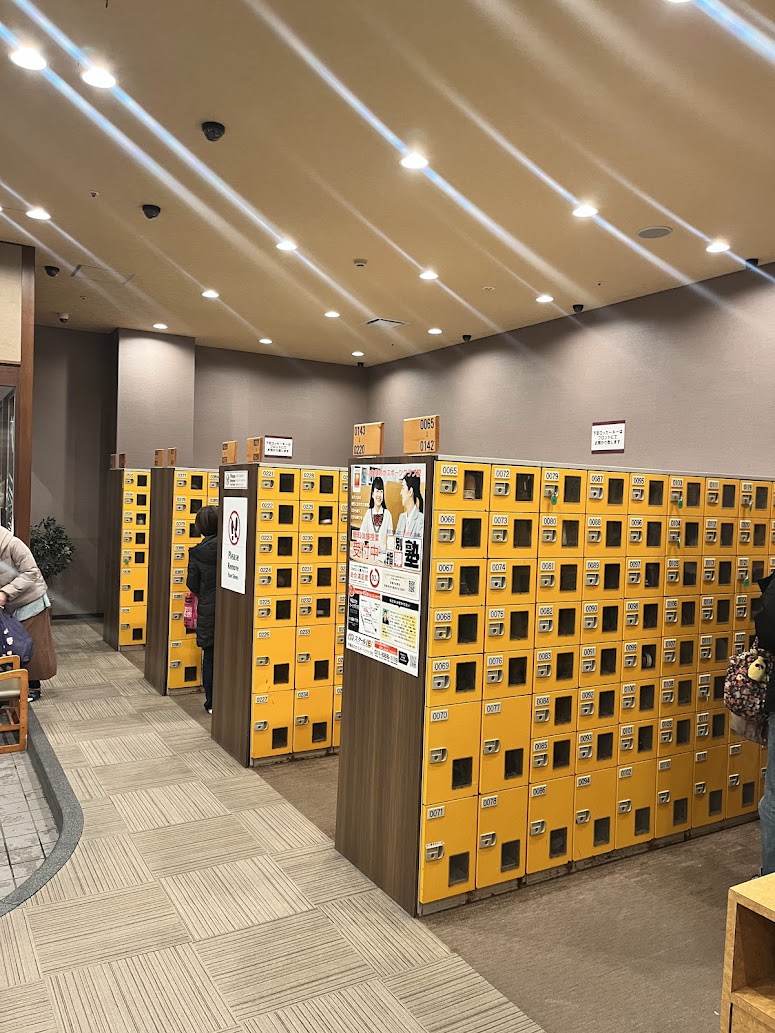
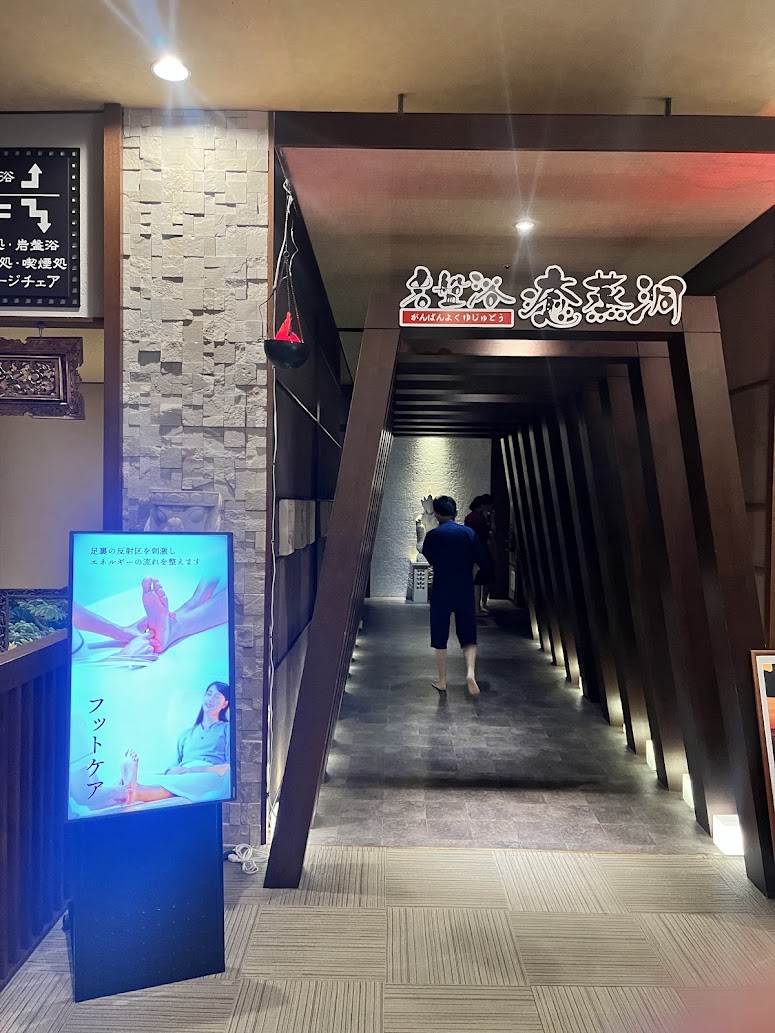
Yunohana Onsen, Otaru
This onsen in Otaru closely resembled the public onsens in Sapporo but was slightly smaller and less crowded. The experience was just as relaxing, with a variety of pools and a well-maintained facility. The sauna fit 15-20 people comfortably with 3-4 levels of benches and maintained a temperature around 200 degrees. Inside the sauna a television played local news. We purchased a combination ticket that included access to the onsen and a meal, which we enjoyed after bathing—sitting on the floor and eating soba noodles, adding to the traditional experience.
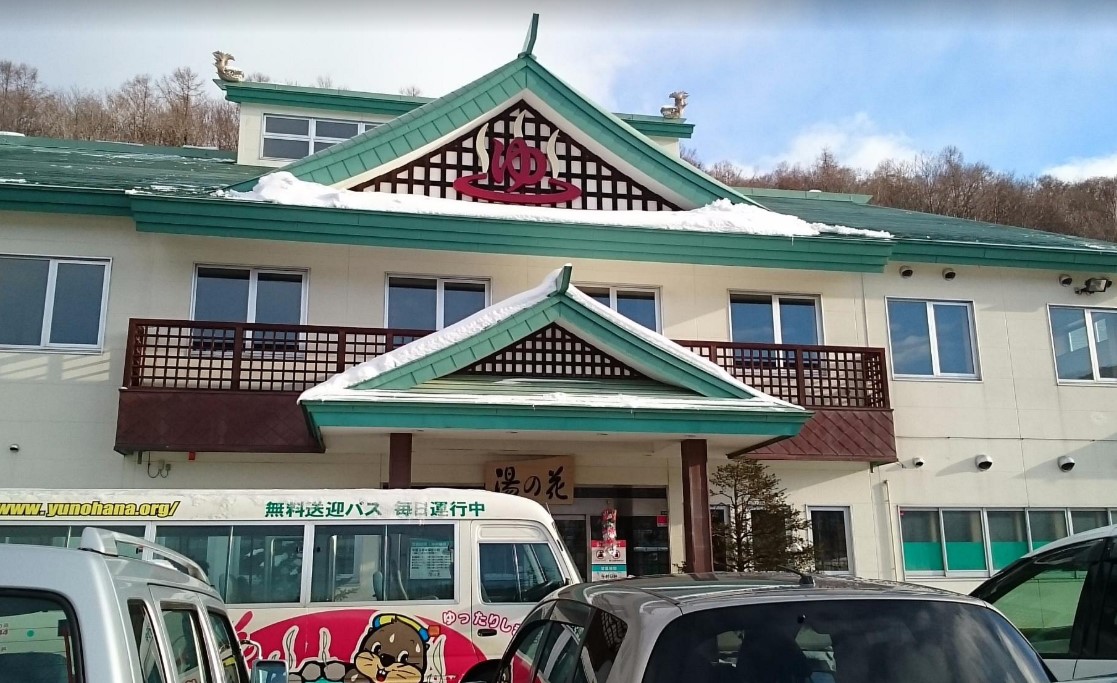
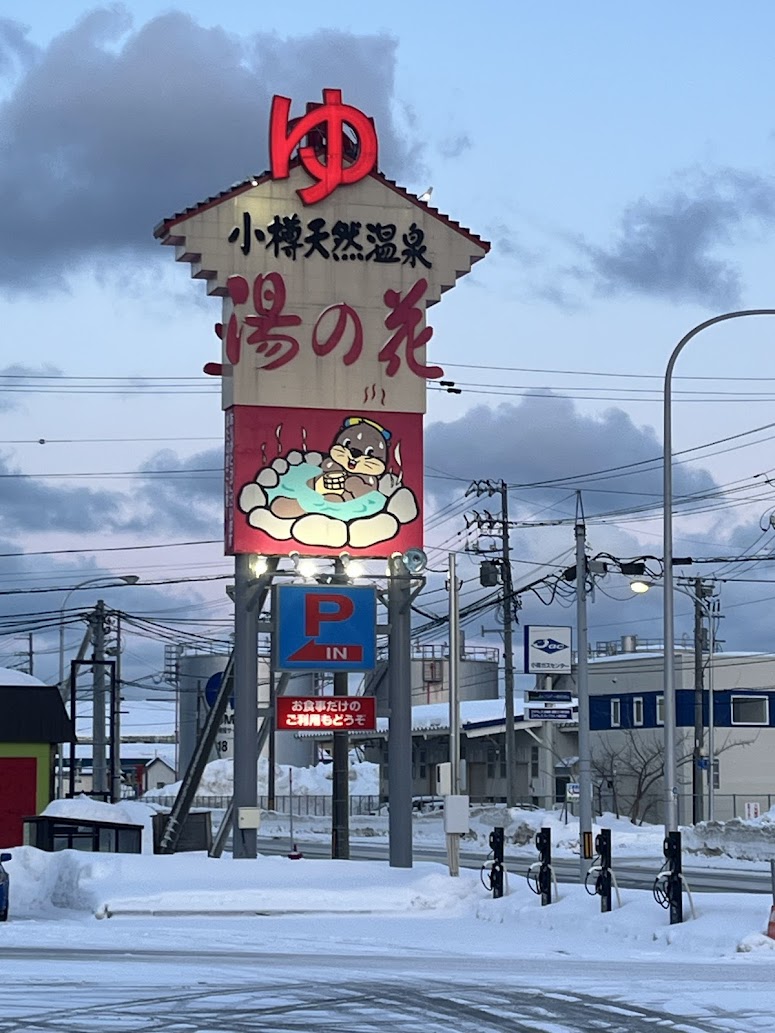
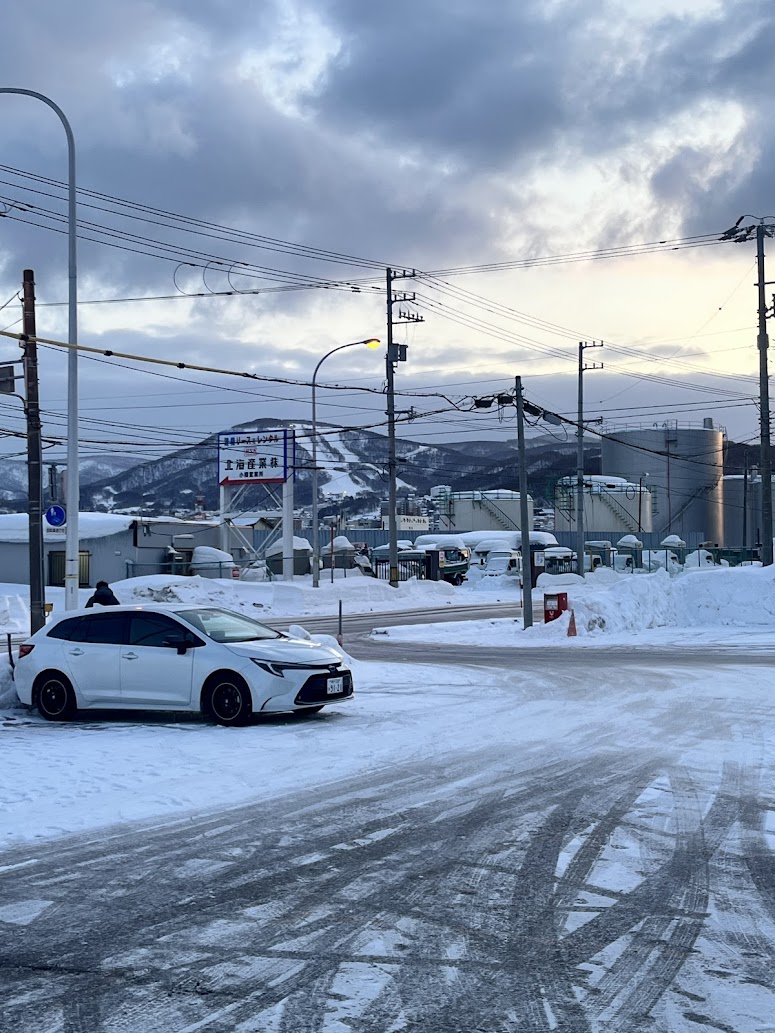
La Vista Furano Hills Onsen
This hotel onsen in Furano was a standout experience, offering rooftop baths with a direct view of the ski resort. While relatively small, the variety of pools at different temperatures made it an enjoyable visit. The sauna was small and resembled a typically gym sauna in the U.S. with two levels of benches and room for 3-5 people. Unlike many U.S. gym saunas this sauna stayed consistently around 200 degrees F had a television playing the news and cooking shows. Guests are provided with two towels—one small towel for use inside the onsen and a larger towel for drying off afterward. After showering at the individual washing stations, guests dry off and change into pajama-like loungewear. The entire experience felt incredibly relaxing and well-curated, perfect after a day on the slopes.


Fukiage Outdoor Hot Spring
After skiing, we visited Fukiage, a natural outdoor hot spring located in the woods, right off the road. No sauna but an enjoyable natural outdoor hot spring. About 5-10 other skiers and tourists were there, enjoying the beautiful, serene setting. It was a remarkable experience to soak in the steaming natural water while surrounded by snow-covered trees. Given Japan’s geothermal activity, I imagine there are many more hidden outdoor hot springs like this scattered throughout the country.
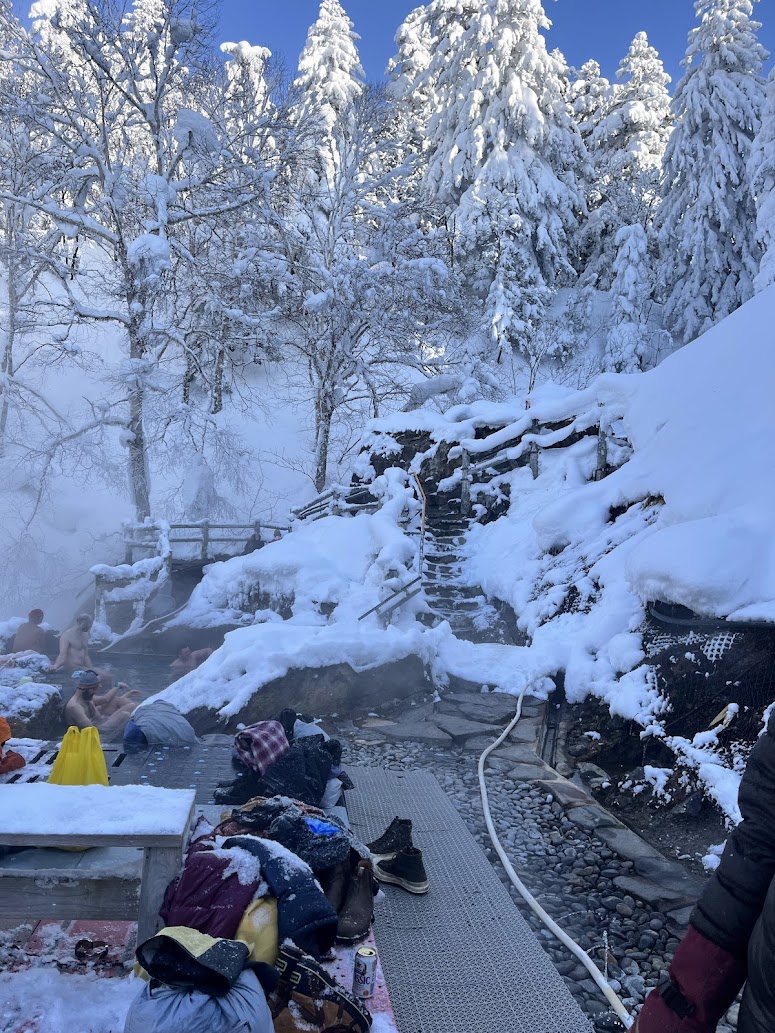
Eniwaonsen Honoka, Chitose
On the way to the Sapporo airport, we made a stop at Eniwaonsen Honoka in Chitose, spending an hour or two at this excellent local onsen. The facility featured a variety of indoor and outdoor pools, with an open view of a peaceful, snow-covered landscape under a bright winter sky.
One of the most memorable parts of this visit was a unique sauna experience. When I first entered, I was puzzled to see several people inside with the door wide open. Assuming they preferred a cooler sauna, I felt a bit disappointed—until I realized what was about to happen.
After a few minutes, an onsen employee entered, handed out cups of ice to the guests, and proceeded to douse the massive collection of sauna stones with water. The heat level instantly skyrocketed. Around a dozen people sat on two levels of benches, with the ever-present TV playing in the background. Then, the “guide” took out a large fan and began vigorously waving it around the room, intensifying the heat dramatically. As he moved around the sauna, directing blasts of superheated air at each guest, the experience became almost overwhelming. At one point, my skin felt as though it were burning—unlike anything I had ever felt in a sauna before. As the ritual continued, the guide led a chant, which the other guests enthusiastically joined in. While I didn’t understand the words, I assume it was a traditional encouragement to endure the extreme heat. At one point, he looked directly at me and asked if I was okay—probably because I appeared on the verge of passing out.
Eventually, the chanting and fanning stopped, and I exited straight into the cold plunge. It was an intense but unforgettable cultural experience. Afterward, I relaxed in a vibrating massage chair and enjoyed some ice cream. I even bought a sauna hat for sale. An outstanding onsen visit.
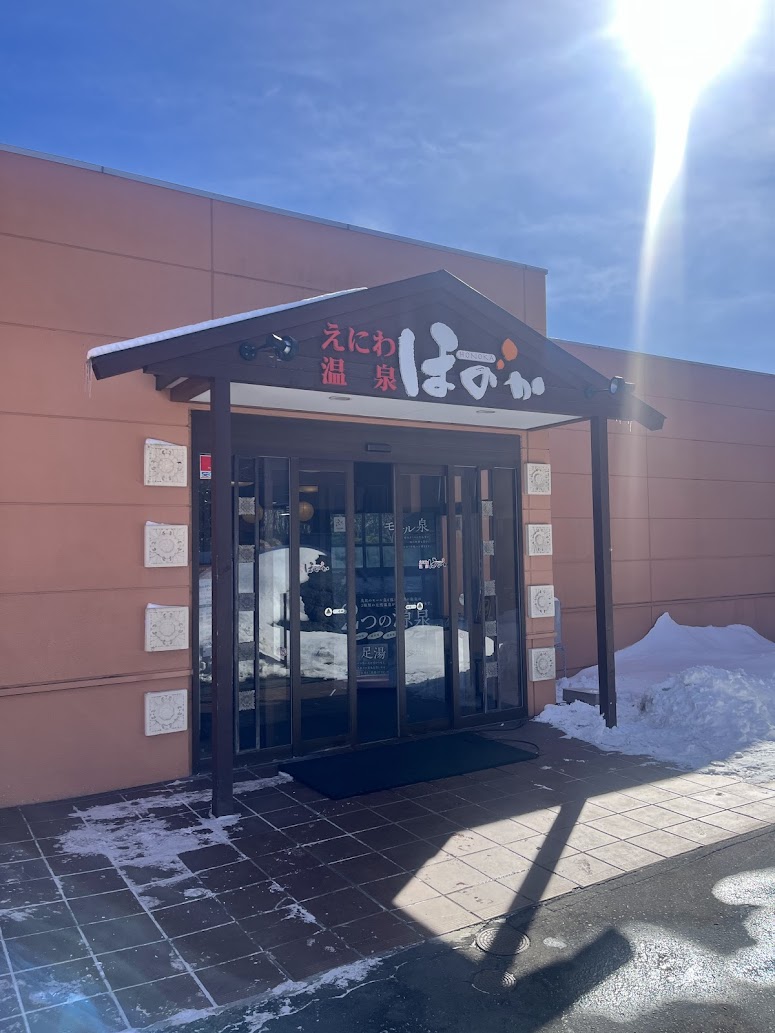
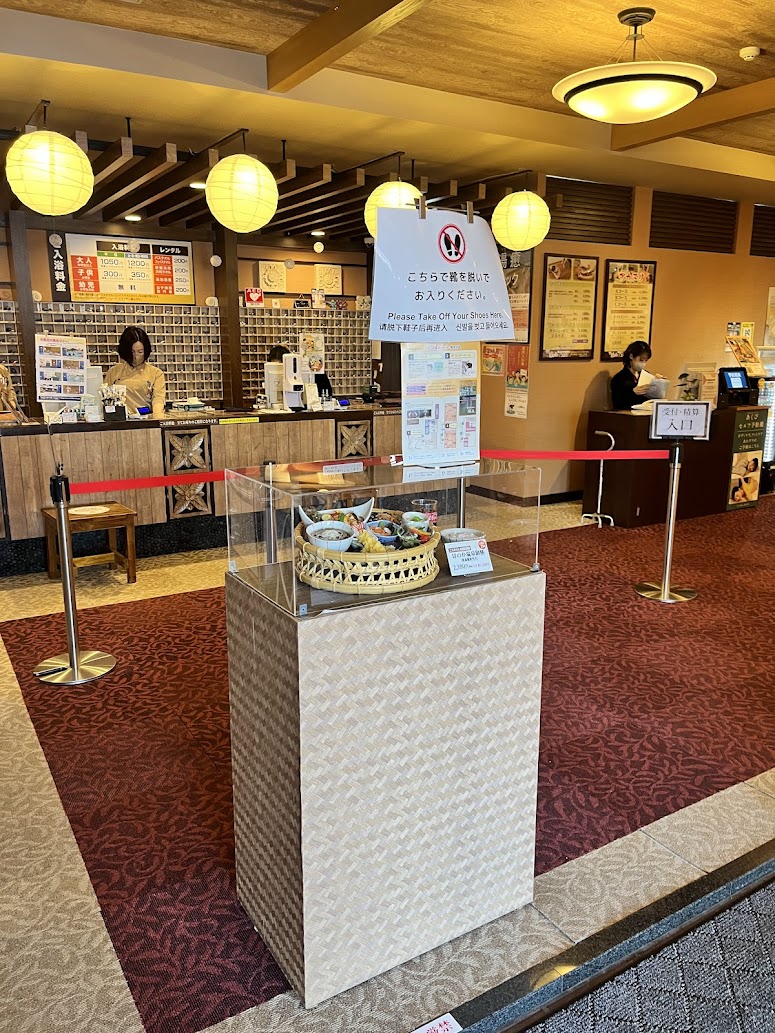
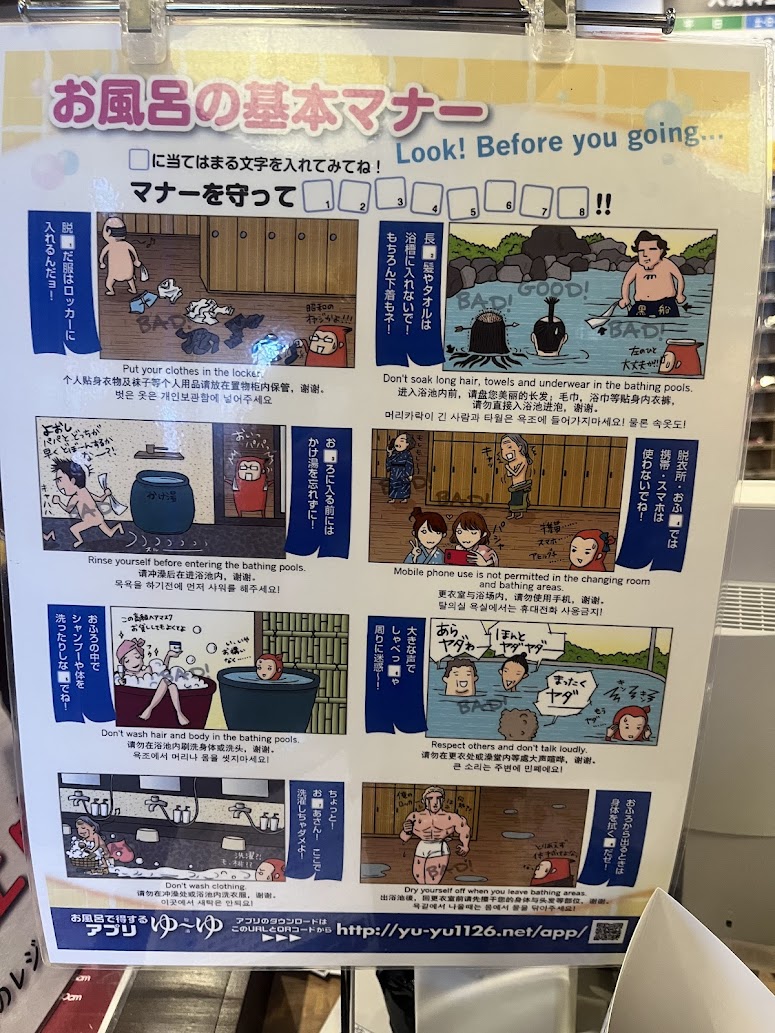
Thermae-Yu Onsen, Shinjuku
Located just a few blocks from Golden Gai in the heart of Shinjuku (tokyo), Thermae-Yu is an urban onsen catering to Tokyo’s fast-paced crowd. While it shared many similarities with the onsens in Sapporo and Otaru, it had a more modern and upscale feel, with a higher entrance fee of around $20.
Inside the sauna, there was a brief "aroma time" where an employee entered, threw scented water onto the sauna stones, and fanned the air to enhance the heat and distribute the aroma. This was a milder version of the intense sauna experience I had in Chitose.
One of the most unique features here was the carbonated pool, boasting 1000 ppm of carbonation, which is believed to have various health benefits. Another highlight was the lay-down pool, a shallow bath where guests recline on a heated surface with only half their bodies submerged in hot water while the other half is exposed to the air. This setup created a sensory deprivation-like effect, making it one of the most relaxing baths I experienced in Japan.
